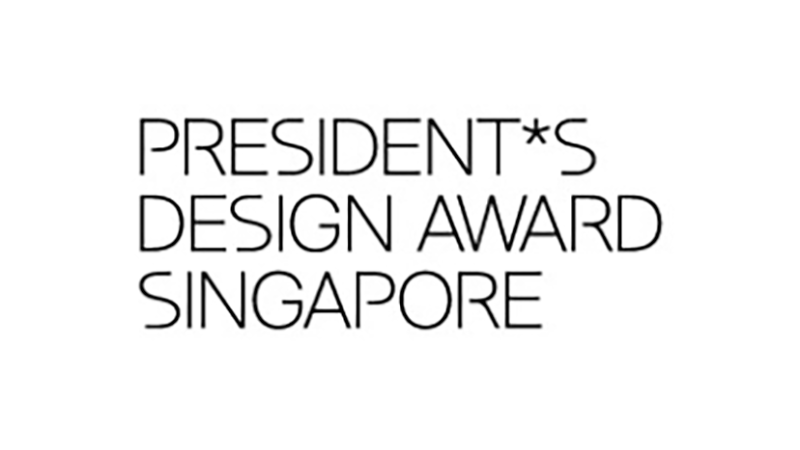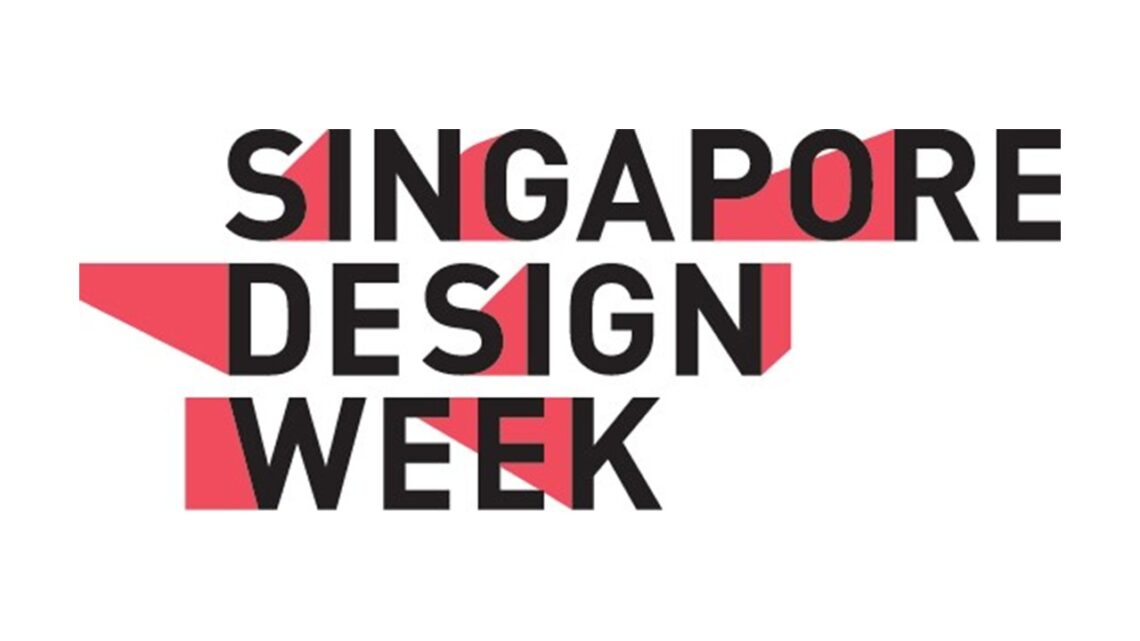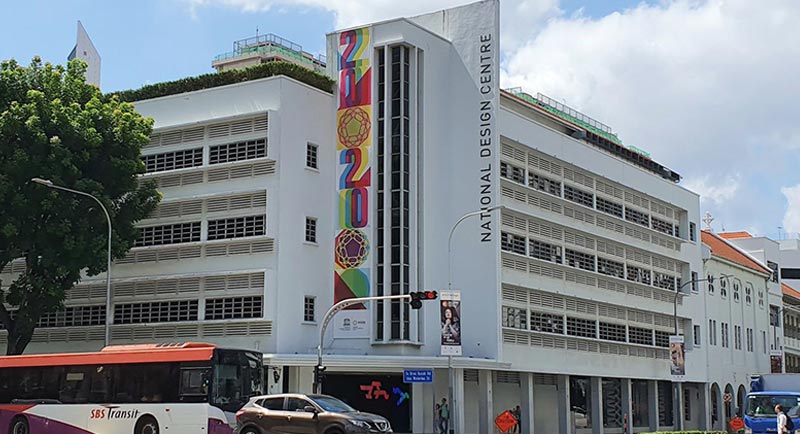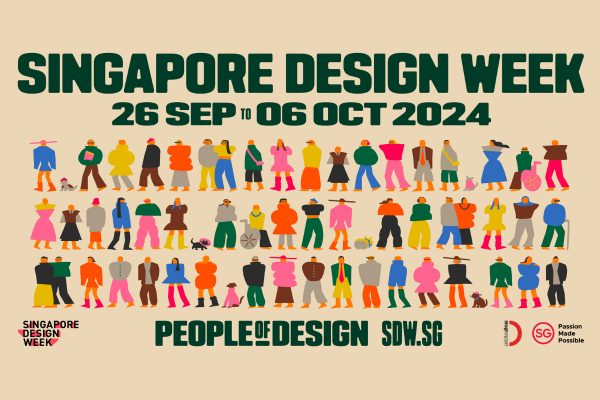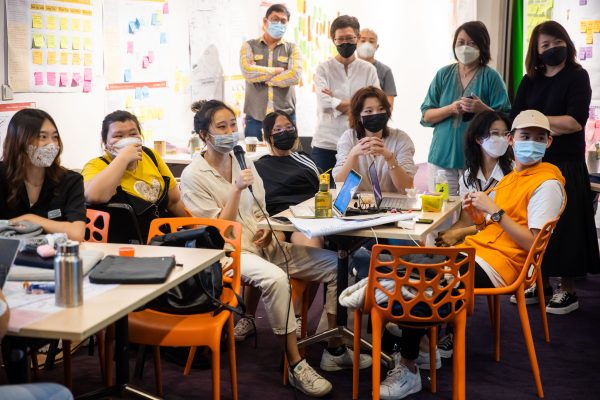Singapore, 12 November 2018 – Held from 1 – 2 November 2018, the Design Education Summit is the first in Singapore to focus on design education, and is co-organised by the DesignSingapore Council (Dsg) and the SUTD-MIT International Design Centre (IDC), a centre of research and education on design, based at the Singapore University of Technology and Design (SUTD).
Mr S Iswaran, Minister for Communications and Information who launched the Summit noted in his keynote address his hopes that the event would inspire educators to equip students with the right skills and mindset for the future work force, while at the same time, he also urged private sector practitioners to help prepare the next generation of designers by becoming more involved in design education.
Gathering high level speakers from the education institutions and industry professionals from the design and non-design sectors, the Design Education Summit attracted close to 300 participants and speakers from countries as far as Germany, The Netherlands, The United Kingdom, and Singapore. The Summit provided an opportunity for educators and industry professionals to discuss and co-create strategies to cater to the evolving needs of design education, as well as to work on issues and find possible solutions of introducing design in schools.
Said Mr Mark Wee, Executive Director, Dsg, “We are delighted to see this inaugural event spark a lot of excitement and interest among the delegates. We are happy to see animated discussions from the educators, and industry professionals. This bodes well for our initiative, and gives us the confidence that we are taking a step in the right direction. We are sure that this be a win-win for our stakeholders, and ultimately for Singapore as we will ensure that our workforce is future ready.”
The key topics discussed at the Summit included:
- How and why design was critical as a mind-set and skill-set for success and fulfillment in the 21st century, hence its priority in education today;
- The challenges and constraints faced by educators in the integration of design into curriculum and accessing performance in design education.
Day one’s industry keynote speaker Ms Chan Weixuan, Head of Open Innovation at Procter & Gamble, Singapore, spoke about the vital role between failure and innovation through an engaging comparison of two Oil of Olay branding and research projects.
She said, “Failure is part and parcel of the messy process of design innovation”. “Fail fast. Fail cheaply” was one of the key insights shared by Ms Chan who said “Critical thinking and courage are essential in Design Thinking”. She also spoke about the importance of “cross-cultural fluency”, which entailed more than competency in a different language. Empathy with a different culture allowed her, a Singaporean, to understand the needs of consumers in China. Other factors of success that were linked to Design Thinking were ‘technological breakthroughs’, which meant investment in research and development of the product, as well as the teamwork of diverse talents.
Professor Lucienne Blessing, co-Director of IDC at SUTD, conducted a hands-on Micro Design Innovation (DI) Experience and two workshops. The Micro-DI Experience provided the delegates with first-hand experience of her belief as to what design is all about: “Design is not only about creating new products, services, systems, environments, or processes; it is also about creating new experiences and new ways of doing things.” Prof. Blessing advocates “a designerly way of thinking”, “a whole process of re-thinking and re-imagining things based on a deep understanding of the situation” that will lead to “innovations with true impact on people’s lives”. The two workshops allowed delegates to share experiences, identify challenges of introducing design in their educational institutions and discuss solutions to address them.
There were also industry presentations from advocates of design in the fields of finance, Information Technology, and social enterprise.
Chooake Wongwattanasilpa, Managing Director and Head of User Experience and Design at DBS Bank encouraged educators with this message: “Students should be confident in pursuing design as a career. Design can do a lot of good, for business and also in life.” Mr Wongwattanasilpa was referring to innovative design solutions on the app and website which had the desired impact of enhancing the customer’s virtual banking experience.
Dr Pascal Soboll from Daylight Design, a leading design innovation firm based in the US and Germany, highlighted the need for revolutionary changes in pedagogy in the age of design. His presentation raised a question that was reiterated over the course of the Summit – How could creativity be integrated into school curriculums and the culture of learning in schools when schools relied on quantifiable, comparable and reproducible results? In his view, creativity would not thrive in environments that are narrow-minded and pedantic.
Day two’s education keynote speaker was Professor Pieter Jan Stappers, Chair of Design Techniques at the Faculty of Industrial Design Engineering from the Delft University of Technology in the Netherlands. He focused on the challenges teachers faced in incorporating Design Thinking in their classrooms, providing video examples of experiments in the Dutch general curriculum. Bringing design into the classroom is critical for the 21st century since “Design Thinking can help us navigate an increasingly complex world”. Prof Stappers believed that “design can give people better ability to plan their lives”.
Educators from schools where Design Thinking had been incorporated into its curriculum and processes presented on the impact it had made on the lives of its teachers and students. Ms Cassandra Foo Li Ming, Head of Department, Aesthetics, Cedar Girls’ Secondary School talked about its social innovation projects. She shared a heartening insight: “Design Thinking plays a key role in shaping the character of each child through their journey in innovating for social good”.
Mr Nah Hong Leong, Head of Department for Research, Innovation and Design (RID), Commonwealth Secondary School traced the transformation of a dead space in the school, which was the former Design and Technology Lab, into a vibrant and popular space for learning and experimentation – the Makerspace – through the application of Design Thinking.
Ms Pee Suat Hoon, Project Director and Principal Academic Mentor, Singapore Polytechnic shared how Design Thinking had shaped the curriculum in her institution, making it “holistic” and “self-directed” and thus, “promoting entrepreneurial vigour”.
During the Educators’ panel discussion, Professor Matthew Ward, the Head of Design at Goldsmiths College in London, praised the efforts of students at Cedar Girls’ Secondary School by saying that the school’s application of Design Thinking showed how design could make the world a much better place: “Design can help us articulate the world we want to live in”.
The first Design Education Summit aims to bring about a culture of innovation through design education. Subsequent editions of the Summit will focus on showcasing stories of the successful implementation of design education and sharing of innovative educational practices.
###
ISSUED BY
DESIGNSINGAPORE COUNCIL
MINISTRY OF INFORMATION AND COMMUNICATION
12 November 2018
About DesignSingapore Council
DesignSingapore Council’s (Dsg) vision is for Singapore to be an innovation-driven economy and a loveable city through design by 2025. As the national agency that promotes design, our mission is to develop the design sector, help Singapore use design for innovation and growth, and make life better in this UNESCO Creative City of Design. designsingapore.org
About the Singapore University of Technology and Design
The Singapore University of Technology and Design (SUTD) is Singapore’s fourth public university, and one of the first universities in the world to incorporate the art and science of design and technology into a transdisciplinary, human-centric curriculum. SUTD seeks to advance knowledge and nurture technically-grounded leaders and innovators to serve societal needs. SUTD also recently topped a list of emerging engineering schools in the world in a study conducted by MIT.
A research-intensive university, SUTD is distinguished by its unique East and West academic programmes which incorporate elements of innovation, entrepreneurship, design thinking and local and international industry collaborations. SUTD will focus in key areas – Healthcare, Cities and Aviation, supported by capabilities in Artificial Intelligence/Data Science and Digital Manufacturing. Multiple post-graduate opportunities are available. In addition, skill-based professional education and training courses are also available at SUTD Academy. www.sutd.edu.sg
About SUTD-MIT International Design Centre
The SUTD-MIT International Design Centre (IDC) is a world premier scholarly hub for technologically intensive design science, research and practice. It is a multi-million dollar centre based both in Singapore at the Singapore University of Technology and Design (SUTD) and in Cambridge, MA, USA at that Massachusetts Institute of Technology (MIT), with academic and industrial partners from around the world.
IDC’s mission is to drive design research and innovation, in collaboration with a wide spectrum of global enterprise, government and social stakeholders. Specifically, it is defined by three core objectives: (1) To advance design theory and methodology, (2) To use design to address key societal challenges (3) To integrate design theory and methods with design practice. IDC faculty, researchers and students work together to design devices, products, systems, services and the built environment that address strategic needs of Singapore, the greater Asian region, the US, and the global community. The output of this environment and its partnerships are a talent pool for the next generation of technically-based leaders, world-class scholarship in a variety of research fields, and entrepreneurship as part of an innovation ecosystem. More information about IDC can be found at: https://idc.sutd.edu.sg/
Written on : 09 Nov 2018
